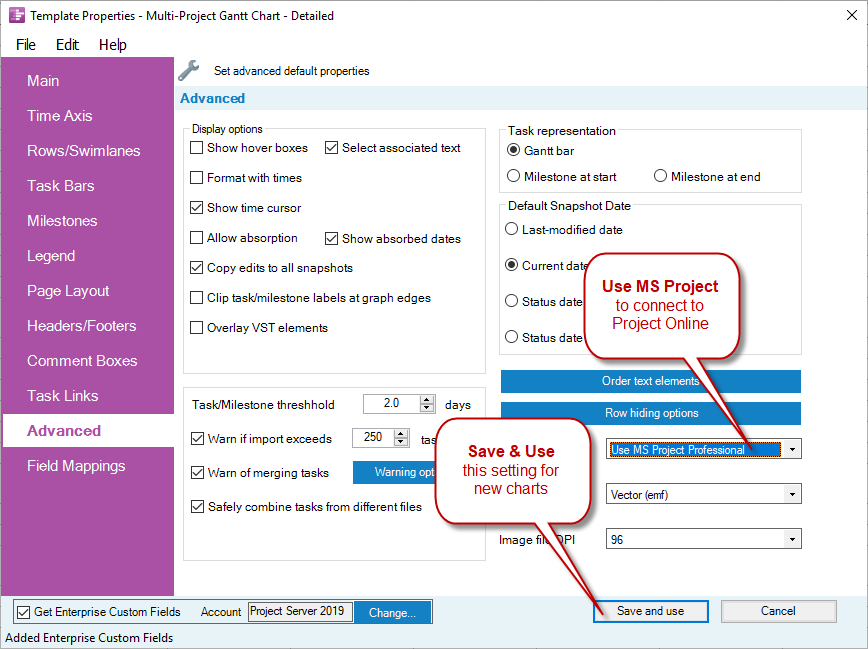Project Server Vs Project Professional
Microsoft Project Server is a flexible platform for multi-project and portfolio management. As a central solution, Project Server provides you with well-tried capabilities for planning, reporting, and project team collaboration. In addition, it supports resource management. MS Office Project Professional 2007 (Project Pro) is the client application. It must be loaded onto a Windows PC like other Office applications. The Professional version allows connections to Project Server, Standard does not. Hi, Is it possible to eliminate the use of Project Professional 2010 with Project Server 2010 with Office Web Apps. We are trying to evaluate the overall cost involved in setting up a Project Server instance.
-->Project Server 2016 Features
Summary: Use the Project Professional Versions setting to define which builds of Project Professional 2013 can connect to Project Server 2013.
Applies to: Project Server 2013
Project Professional Versions is a part of the Additional Server Settings in the Operational Policies section of Project Server 2013 Server Settings. In Project Server 2013, these setting are available in SharePoint Central Administration. To access and configure this setting, you must be a farm administrator.

Project Professional Versions
Project Professional Versions lets you specify which versions (build numbers) of the Project Professional client will be able to connect to your Project Server 2013 environment. This setting lets you ensure that Project Professional client connections to the server are all at a required base level. For example, if you recently updated both Project Server 2013 and Project Professional 2013 to the same cumulative update, you can verify that all clients that connect to the server are at least at this level by entering the build number. All Project Professional 2013 clients that have not been updated to the specified cumulative update or a newer version will be unable to connect.
Note
Project Professional 2013 is the only Project Professional client that can connect to Project Server 2013.
To configure the Project Professional Versioning setting

In SharePoint Central Administration, click ** Application Management**.
On the Application Management page, in the Service Application section, click Manage Service Applications.
On the Service Applications page, click the Project Application Service that contains the Project Web App instance for which you want to access the Project Professional Versions setting.
On the Manage Project Web Apps page, click the drop-down menu for the PWA instance for which you want to access the Project Professional Versions setting, and click Manage.
On the Server Settings page, in the Operational Policies section, click Additional Server Settings.
On the Additional Server Settings page, in the Project Professional Versions section, type the build number of each Project Professional version that you want to connect to Project Server 2013. Use a comma as a separator between multiple version numbers.
Versions older than the lowest build number that you enter will be unable to connect to your Project Server 2013 environment.
Click Save.
Project Standard Vs Project Online

To find your Project Professional 2013 build number
Project Server Vs Ms Project
In Project Professional 2013, click the File tab.
On the left pane, click Account.
On the Account page, in the Product Information section, click About Microsoft Project.
On the About Microsoft Project page, the build number is located at the top of the page (for example, 15.0.4312.1000).
Comments are closed.